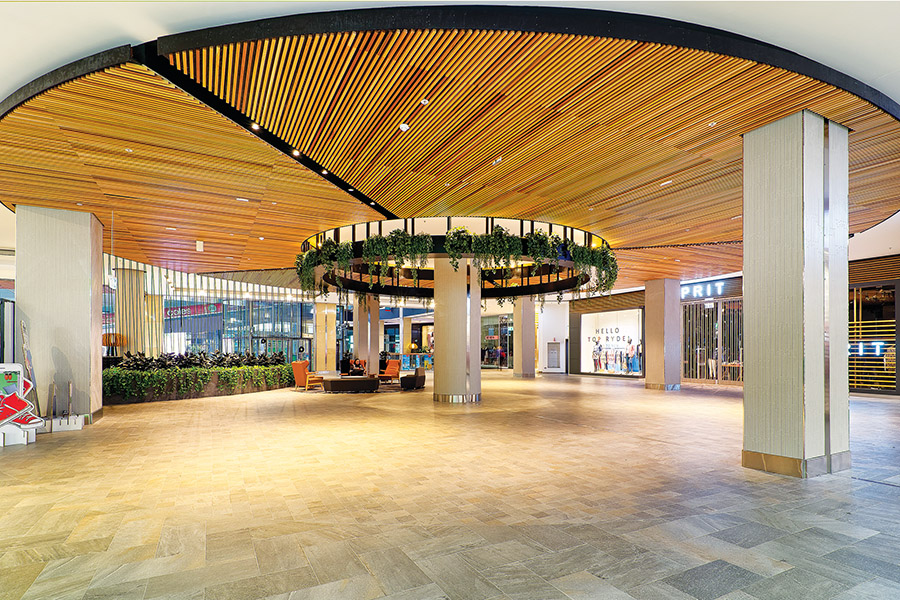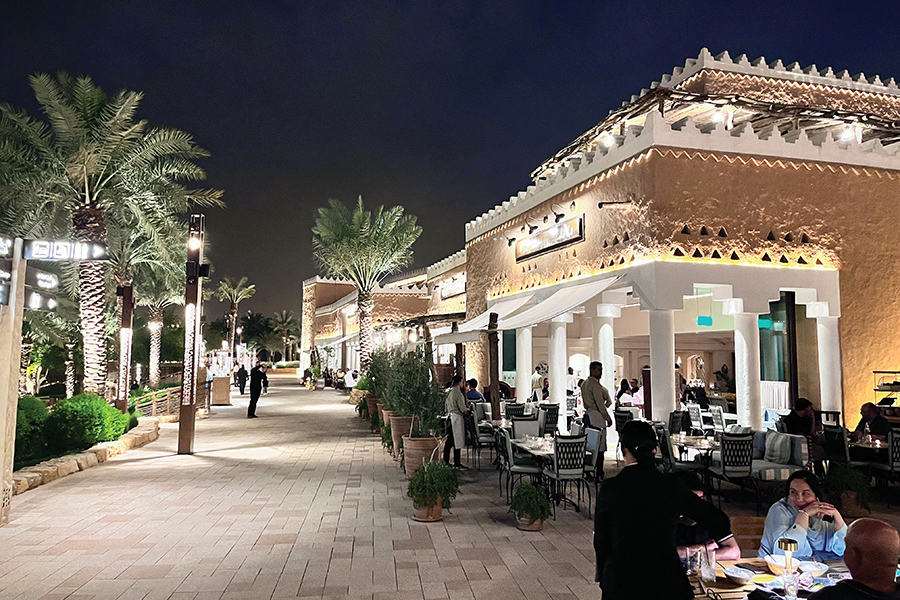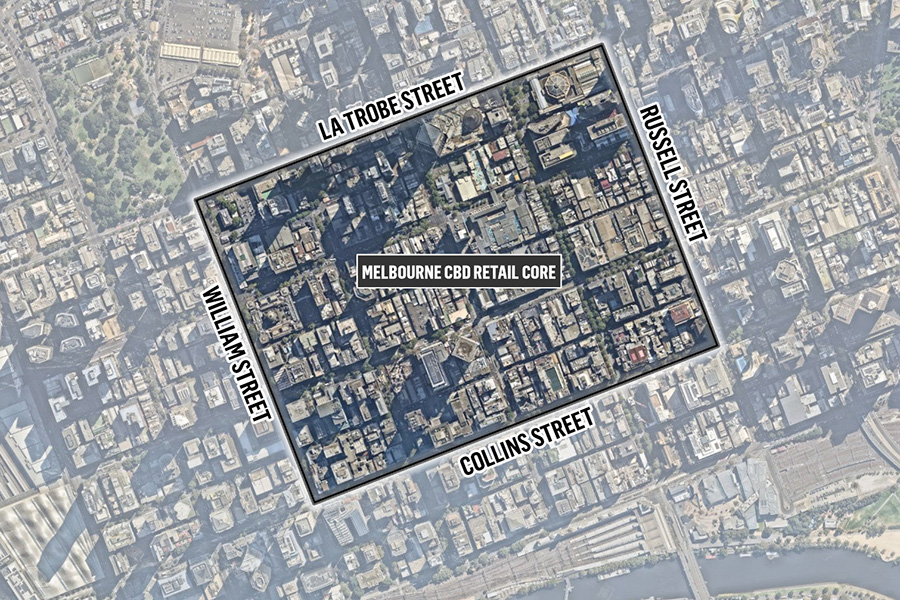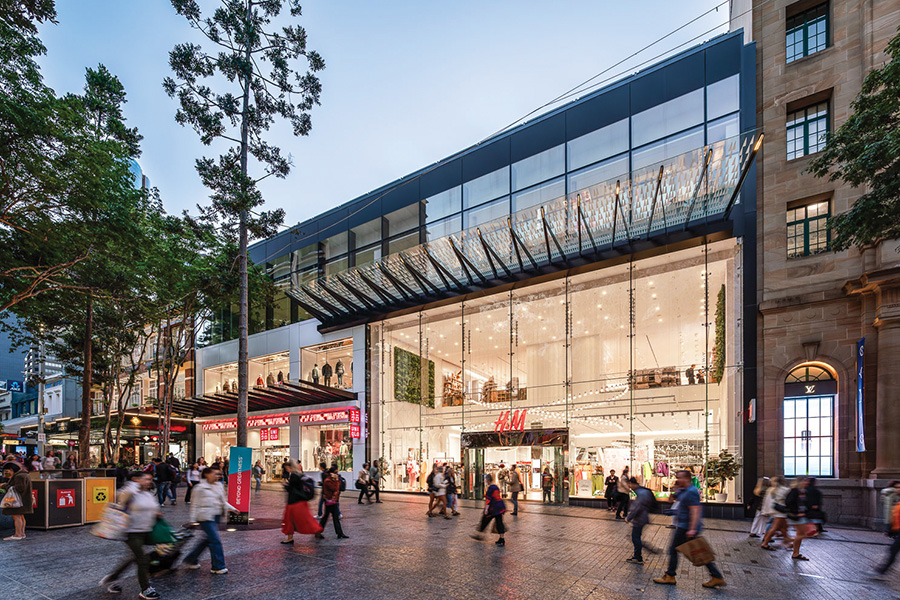Developing a shopping centre is a team effort. The architect doesn’t know what to design without a market research input. The retail plan can’t be finalised without the leasing input. And management has a huge input from day 1 of the ‘concept stage’. But what about the builder and the project manager? They must be part of the team – and the earlier their involvement, the better the project.
I love retail. It’s the singular focus of the Mainbrace Constructions business and has been for nearly 30 years. Conversely, I hate waste, and I’m not the first to acknowledge the waste in many aspects of the development cycle.
Today’s retail environment, with its increased competition for consumers’ dollars, market disruptors like Amazon, and the convenience of online shopping, demands a more time and cost-efficient approach to delivering high-quality, engaging retail spaces. And minimising waste helps maximise value.
Retail spaces need to deliver an experience for customers to get them away from their computer and to stop them shopping on their phones. To be competitive, it must be done cost effectively.
So how do contractors minimise waste to deliver improved value to shopping centre owners, developers and retailers in their centres and shop fit-outs?
The concept of early contractor involvement can be an extremely effective procurement process to help make this possible.
Early contractor involvement (ECI) is not necessarily new nor is it necessarily well understood. It means that a building contractor is engaged much earlier in the development of a new retail project, whether it’s a major new sub-regional asset, inner-city department store refurbishment, a stand-alone service station or even a single shop fit-out.
The contractor works with the design team to ensure that the concept design – the basis of the tender – can be efficiently deliverable in a construction sense. Too often the design team’s finest efforts are sent back for re-working – or reverse engineering – because they are impractical or too costly to deliver.
It happens all the time, and it can lead to major cost blowouts and significant time delays. Even when the design is workable, until tenders are received from the market, the client is typically unable to be confident of the project cost.
Early contractor involvement enables the building contractor to work collaboratively with the client and design team to deliver a much ‘cleaner’ and complete design, ready for a smoother construction process at the right cost.
Involving the building contractor at the outset can seem risky, but most of these arrangements have escape clauses if things are not working out as the developer expects. An ECI contractor needs to be part of the team, a trusted partner, focused on the overall project outcome.
After three decades specialising in retail, we’ve got a huge database of actual costs that we tap to build early and accurate cost models of any retail-related works from the outset.
This model can then be refined during the design development period to provide the client a much better-than-ballpark idea of the current budget – and any changes needed – as the design progresses. Clients know where they stand and more importantly, know the design is achievable in its current form.
Early contractor involvement unlocks other benefits too. For instance, at Narellan Town Centre, it enabled us to change the geometry on a supporting structure for the bridge that spans Camden Valley Way to accommodate the staging, which gave us much more flexibility in actually starting the bridge work.

The bridge that spans Camden Valley Way at Narellan
When you are freespanning over a state road there are plenty of opportunities for delays and inconveniences, but by changing the way it was being designed, drawn and done early on in the project, we could start building it sooner. The savings in costs and time from this example alone ran into the hundreds of thousands.
The point is, every project is different. And when your business is retail, when you interface with customers day in and day out, the end result is paramount.
Early contractor involvement is one of the best way to minimise costs, shorten project timeframes, eliminate rework and duplication, and avoid material waste through construction. And because it allows every project partner to sing from the same song sheet from day one, the quality of the build is maximised, frustrations are reduced and everyone can enjoy the process more.
After all, by eliminating waste in costs, time and materials, retailers can be free to focus their efforts – and dollars – on maximising the customer experience.




















